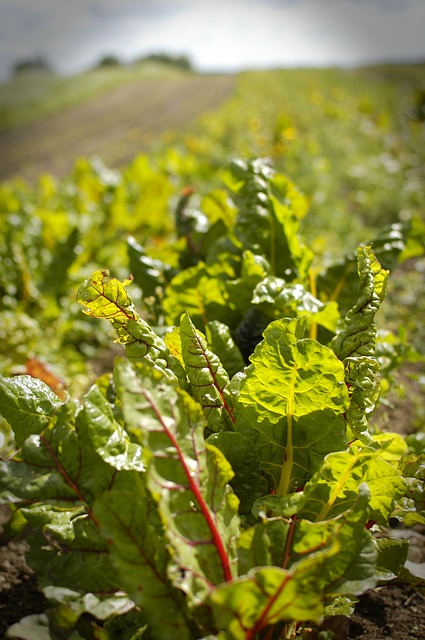(Article medically reviewed by Dr. Zac Hyde M.D)
35 Nitrate Rich Foods, Ranked
So, you’ve recently been having some issues with your erection.
Before you let the panic set in, take a deep breath. Making a decision out of fear is no way to live your life.
Resist the urge to run off to your doctor at the first sign of trouble.
Today, you’re going to learn about 25 nitric oxide foods that may just change your life forever.
These foods all have one thing in common: they are rich in nitrates, which your body turns into nitric oxide.
Aside from having a variety of other benefits (such as reduced risk of cardiovascular disease), nitric oxide is a powerful vasodilator that’s absolutely essential if you expect to have solid erections (source).
We chose 25 nitric oxide foods for a few reasons. First off, the most successful diets have variety. Getting excited about the same food every day is borderline impossible…
Plus, none of these nitric oxide foods have everything you need, from a nutrition standpoint. Having tons of options makes sense (psychologically and physiologically).
If you’re ready to take your health back into your own hands, let’s dive right in.
25 Nitric Oxide Foods Ranked
1: Arugula
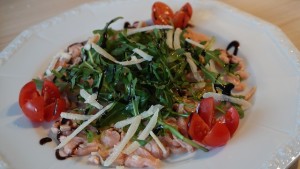
When it comes to nitrate content, arugula actually has more nitrates than any other vegetable.
While arugula may not be particularly nutrient dense in the traditional sense, at 480 mg per 100 grams, this vegetable easily earns its place as the most nitrate dense food on this list.
2: Beet Juice
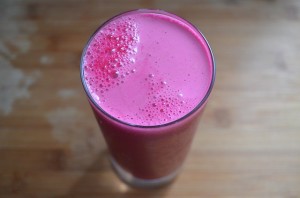
While this may not qualify as a food, beet juice has a high enough nitrate content that we figured it deserved to be on this list. Beet juice actually has 279 mg of nitrates per 100 grams.
3: Rhubarb
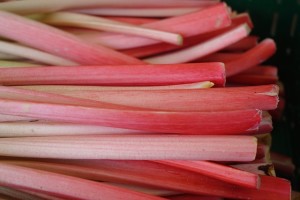
Rhubarb is full of Vitamin C, calcium, and even some fiber. It trails behind beet juice where it really matters: 247 mg of nitrates per 100 grams.
4: Butter Leaf Lettuce
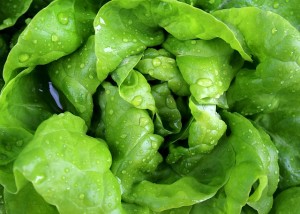
Butter leaf lettuce has a pretty impressive amount of Vitamin A (36% of your daily serving). Beyond that, this type of lettuce has 200 mg of nitrate per every 100 grams.
5: Spring Greens
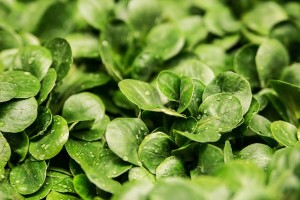
Spring greens are just a salad mix of young green leaves (also known as a mesclun mix).
Mesclun actually has plenty of vitamin A, fiber, calcium and even some iron. When it comes to nitrates, spring greens have 183 mg per of nitrate 100 grams.
6: Beet Greens

Not to be confused with beets or beet juice, beet greens have an insane amount of vitamin A. Seriously: 220% of your daily serving.
Plus, 60% of the vitamin C you’ll need and even a bit of fiber (17%).
When it comes to nitrates, beet greens have 177 mg per 100 grams.
7: Oak Leaf Lettuce
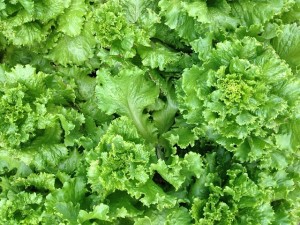
Oak leaf lettuce ends up a few places below butter leaf lettuce on this list because of it’s lower nitrate count.
Not only does it have less vitamin A (25% per serving), it has less of what we’re actually after: nitrate content. Oak leaf lettuce has 155 mg per serving of 100 grams.
8: Swiss Chard
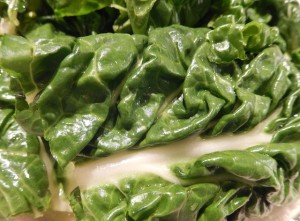
This leafy green vegetable is more than just it’s 151 mg of nitrate (per 100 grams). Swiss chard has quite a bit of vitamin A (44% per serving) and vitamin C (18% per serving).
9: Beets
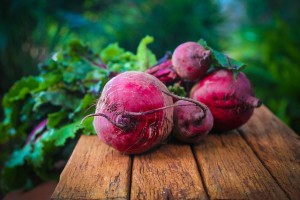
This particular vegetable is interesting because it brings so much to the table.
15% of your daily fiber, 12% of your potassium and 11% of your Vitamin C. On top of that, you can expect 110 mg of nitrates per 100 grams.
10: Bok Choy

Bok chou actually has a pretty respectable nitrate spectrum: 102.3 – 309.8 mg per 100 gram serving. While that is impressive, it just can’t compete with the nitric oxide foods near the top of the list.
11: Carrots
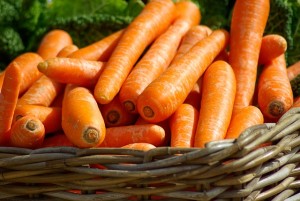
With these last eight nitric oxide foods, the specifics of nitrate density are a bit harder to pin down. Generally, all we can identify is a range. Carrots, for example, have about 92-195 mg per 100 gram serving.
12: Mustard Greens
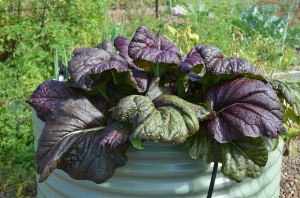
These vegetables fall into the same category as carrots: hard to determine exactly what the exact nitrate concentration is. Still, we were able to figure out that they have anywhere from 70-95 mg of nitrates.
13: Spinach
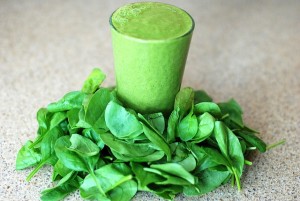
If you’re at all familiar with nitrates, you’re probably wondering why spinach didn’t even make in the top 10 nitric oxide foods.
After all, spinach has plenty of nitrates, right?
In reality, spinach is too inconsistent to make our top 10 list.
According to a study by the American Journal of Clinical Nutrition, spinach can have anywhere from 23.9 – 387.2 mg per 100 grams.
14: Chinese Cabbage

This vegetable also has the potential to be nitrate dense.
That being said, 42.9-161 mg per 100 gram serving isn’t going to blow anyone away (especially when you account for the inconsistent density).
15: Winter Melon

The winter melon also suffers from inconsistency on the nitrate spectrum.
Still, with anywhere from 16.6-136.5 mg of nitrates per 100 grams, it’s not without its potential benefits.
16: Eggplant
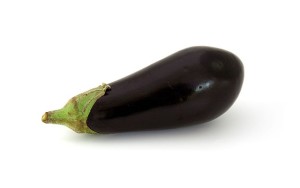
While this vegetable may not be the first thing that pops into people’s minds when discussing nitric oxide foods, eggplants actually can have 25 – 42.4 mg of nitrates per 100 gram serving.
17: Celery
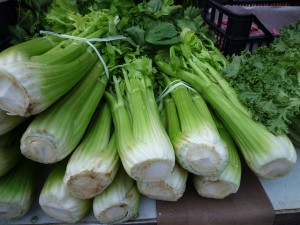
Now, this part gets a bit trickier. See, according to the data we’ve collected, it actually gets pretty challenging to figure out the specific nitrate content of this vegetable.
Celery can contain upwards of 250 mg per 100 gram serving, but these numbers can vary drastically depending on the fertilizers used and the quality of the soil it was grown in.
So without a specific number, we can’t put it anywhere near the top 10.
Why?
Because what gets measured gets managed. Without measurements, you’ll never really know how many mg of nitrate you’ve consumed.
18: Parsley
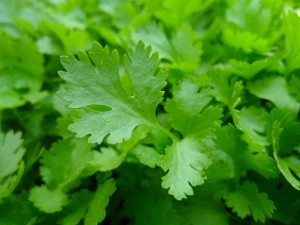
Parsley has the same issue, because the spectrum can be pretty wide.
It contains plenty of vitamin A and vitamin C, but it can have anywhere from 100 mg to 250 mg of nitrates.
19: Leeks
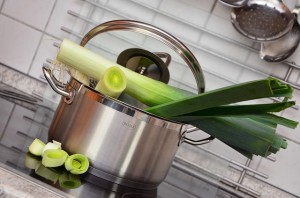
Leeks fall into the same category as parsley (100 mg to 250 mg), but without all the nutrient density.
20: Turnips
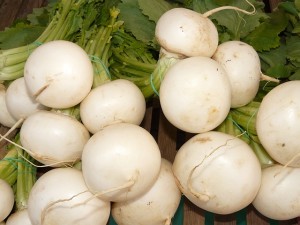
Believe it or not, turnips actually have fewer nitrates than leeks or parsley (with anywhere from 50 to 100 mg per 100 grams).
Still, with 30% of your daily vitamin C and 12% of your daily fiber, it’s a great way to add some variety to your diet.
21: Cauliflower
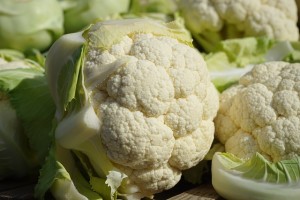
While cauliflower may only give you 20-50 mg of nitrates, remember that you’re getting a ton of vitamin C with every serving (77%, in fact).
Cauliflower also contains phytochemicals that work to block estrogen production.
22: Broccoli

Broccoli may just be one of the most essential vegetables out there for men (a more potent estrogen blocker than cauliflower).
Still, from a nitrate perspective, you’re only getting 20-50 mg.
23: Artichoke
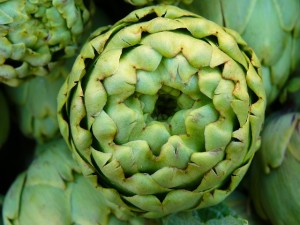
Artichokes have an impressive amount of fiber per serving (41%, actually). Still, as much as we might love artichokes, there’s no denying that they offer less than 20 mg of nitrates.
24: Garlic
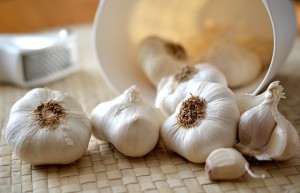
Garlic deserves the praise it gets as one of the natures most potent foods. As a complete package, garlic delivers.
When it comes to nitrate content? Not so much as it contains less than 20 mg per serving.
That being said, garlic treats erectile dysfunction quite effectively in other ways, which you can read about here.
25: Onion
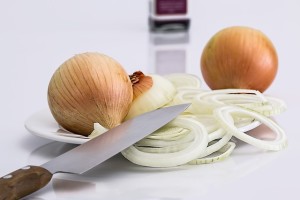
You’re probably shocked that onions ended up at the very bottom of the list. But remember, none of these vegetables are bad.
Truth be told, onions would probably be in our ‘top 10 vegetables for overall health’ list (reducing the risk for cancer will certainly get you bonus points).
And yet, we have to be honest. Onions have less than 20 mg per serving.
UPDATE: Plant Nitrates and Anti-Nutrients
Most raw vegetables contain compounds called anti-nutrients that the plants produce to protect themselves from insects, bacteria, fungi and other pests.
These compounds are actually strong enough in some cases to kill the insects that attempt to eat them.
Fortunately, they are not strong enough to kill a human, although in susceptible people, they can cause problems.
For example….
The glucosinolates and goitrogens in cruciferous veggies block the uptake of iodine which impacts the thyroid and slows down metabolism.
The oxalates in leafy greens and beets is a potent anti-nutrient that binds to calcium and magnesium and prevents them from being absorbed.
In my case, if I take in too many oxalates I start to notice signs of magnesium deficiency within the hour.
These include eyelid twitching and facial ticks that usually send me running to my bottle of magnesium glycinate.
400 mg’s usually resolves the situation, but I’ve decided a better plan is to avoid the anti-nutrients in the first place.
Some people seem to do fine with these compounds, possibly due to genetics or other factors.
But others, including me, do not.
Nitric Oxide Foods (Fruit)
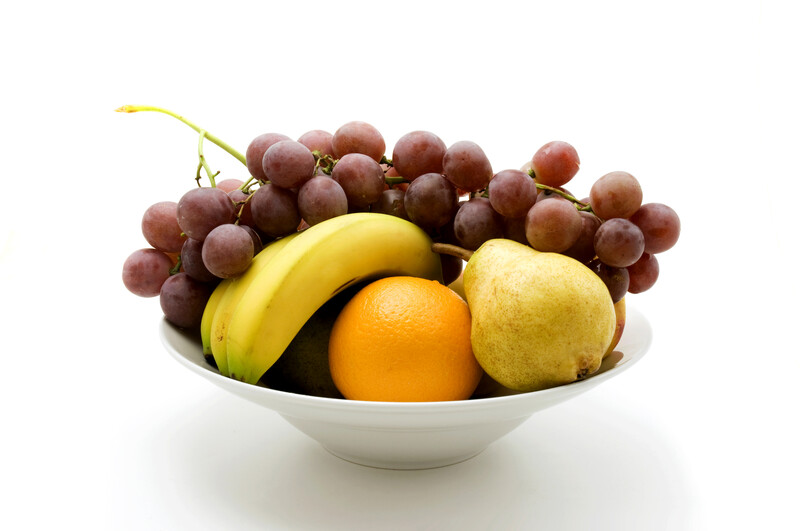
If you fall into the do not camp, the good news is, you have other options.
Fruits contains far fewer anti-nutrients that raw veggies and most people tolerate them well.
So below you’ll find a list of 10 nitrate containing fruits that you can use to enhance nitric oxide production.
Just keep in mind, the nitrate levels in fruit are typically lower than the veggies listed above.
So here’s what I’ve been doing to deal with this situation….
This is going to sound a little bit weird, but just after you consume your fruit, hum for 30 seconds.
Why?
Because according to a study published in 2002 in the American Journal of Respiratory and Critical Care Medicine…
Titled…Humming Greatly Increases Nasal Nitric Oxide.
The simple act of humming increases nitric oxide production 15 times more than regular breathing.
So when you combine the small amount of nitrate found in these fruits, with 30 seconds of humming, you score a big nitric oxide hit.
A hit big enough hit to compete with the NO punch delivered by the veggies listed above.
Now here’s the list…
- Watermelon
- Pears
- Bananas
- Kiwi Fruit
- Apples
- Pomegranate
- Citrus Fruit
- Strawberries
- Grapes
- Peaches
Conclusion:
If you’re not sure if you have low NO levels, read this to find several common symptoms of low nitric oxide.
If you’re serious about improving your nitric oxide levels, find a way to incorporate the foods above into your everyday life.
You can also try these nitric oxide supplements.
The sooner you fix your diet, the sooner you’ll be ready to take care of business in the bedroom.
Nitric Oxide Foods References:
• https://nutritionfacts.org/video/vegetables-rate-by-nitrate/
• https://livehealthy.chron.com/vegetables-high-nitrate-content-7388.html
• https://nutritiondata.self.com/
• https://ajcn.nutrition.org/content/90/1/1.long
• https://www.healthline.com/health/low-testosterone/anti-estrogen-diet-men#LowT1
Am J Respir Crit Care Med . 2002 Jul 15;166(2):144-5. doi: 10.1164/rccm.200202-138BC.

